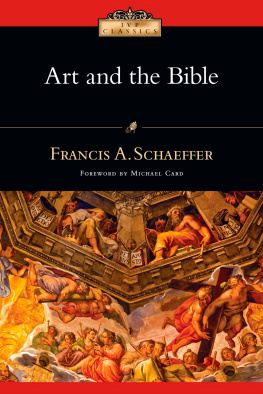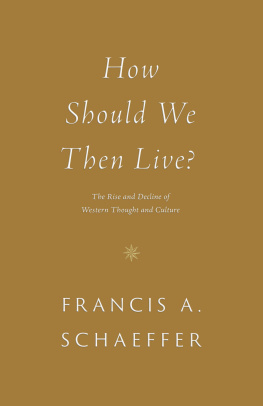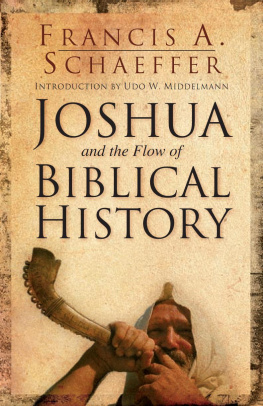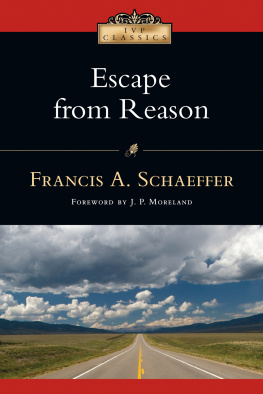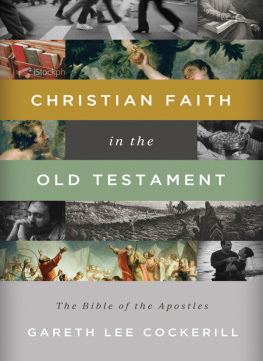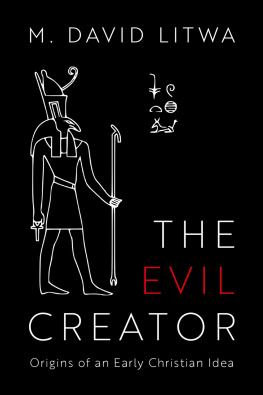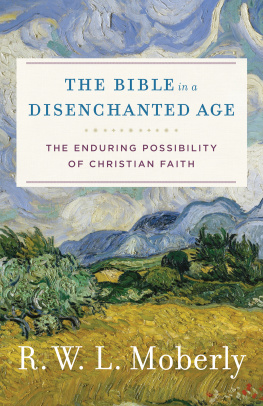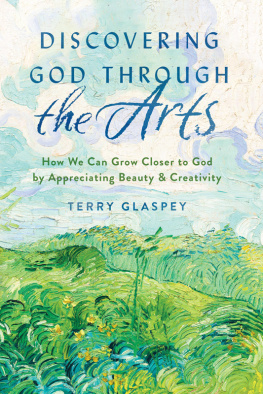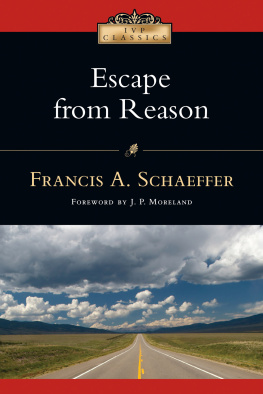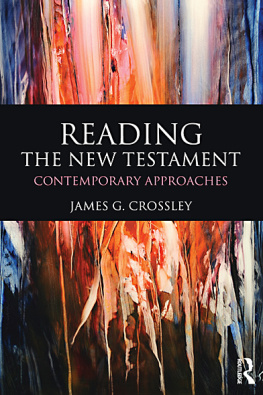The Christian is the one whose imagination should fly beyond the stars.
Art and
the Bible
Two Essays
FRANCIS A. SCHAEFFER
FOREWORD BY MICHAEL CARD
InterVarsity Press
P.O. Box 1400, Downers Grove, IL 60515-1426
World Wide Web: www.ivpress.com
E-mail:
1973 by LAbri Fellowship
Revisions and foreword 2006 by LAbri Fellowship
All rights reserved. No part of this book may be reproduced in any form without written permission from InterVarsity Press.
InterVarsity Press is the book-publishing division of InterVarsity Christian Fellowship/USA, a student movement active on campus at hundreds of universities, colleges and schools of nursing in the United States of America, and a member movement of the International Fellowship of Evangelical Students. For information about local and regional activities, write Public Relations Dept., InterVarsity Christian Fellowship/USA, 6400 Schroeder Rd., P.O. Box 7895, Madison, WI 53707-7895, or visit the IVCF website at .
ISBN 978-0-8308-7444-6 (digital)
ISBN 978-0-8308-3401-3 (print)
This digital document has been produced by Nord Compo.
Foreword
A nd with truth comes beauty and with this beauty a freedom before God. In 1812, Dr. Benjamin Rush wrote a letter of congratulations to his close friend John Adams. He had been encouraging Adams and Thomas Jefferson to renew their long fractured friendship. Adams had responded, offering an olive branch letter written to Jefferson on New Years Day. Jefferson responded shortly afterward. Upon hearing the good news, an overjoyed Rush wrote back to Adams, Some talked, some wrote, and some fought to promote and establish it [the American Revolution], but you and Mr. Jefferson thought for us all.
Two hundred years later, another revolution took place, a revolution of the Spirit. It was called the Jesus Movement, and unless you were caught up in the midst of it, you might have difficulty appreciating what a liberating word, what a breath of fresh air Art and the Bible was. A lot of people talked, wrote and even fought over the Jesus Movement, but Francis Schaeffer did a good deal of thinking for us, and more importantly, he taught us how to think.
Almost as soon as the movement began it was plagued with confusion. While some of us were trying to embrace the gifts God was pouring out on the body, others were calling them a curse. They claimed that contemporary styles, even certain instruments (like the guitar) were not appropriate or acceptable in the church.
Into the midst of this confusion stepped a quirky, goateed man in lederhosen. He spoke words of faith and freedom. Into a world that had become suspicious of the beautiful Schaeffer reminded us that the Father of Jesus was also the God of beauty.
At a time when we needed concrete, biblical objectives, Schaeffer provided perspectives and structures (major and minor) while at the same time insisting again and again that it is our lives that are supposed to be the lived out works of art (poiema). We were free, he insisted, our imaginations were free. We were free to create, as long as we never forgot that we are slaves to Jesus.
Schaeffer moved freely from Heidegger to Eliot to Filippo Lippi to Luther, expecting those of us who werent familiar with these creative giants to go look them up. In the process he exposed us to a wide scope of thinkers we would never have known otherwise. His insistence on the integration of content with vehicle and what he called validity provided a directive that cut through the confusing fog caused by all the dissension. But his encouragement was not a carte blanche; it was a defense of artists to the church and a challenge to the artists themselves to remain redemptively within the church.
This book, a primer on biblical creativity, sought to drum into us the idea that we create out of a worldview and that it is our responsibility to align that point of view with Scripture before we continue on. He encouraged artists to take seriously the lordship of Christ in every aspect of their creative lives. He brought biblical clarity at a time when the movement badly needed it. He warned us that our creative struggle should and indeed would last a lifetime. My experience has shown that he was right. At a time when doors were being slammed in our faces he sought to open them, or at least to hand us a key. He liberated an entire generation of artists while at the same time placing us under the easy yoke of the authority of Scripture, everything under the Word of God
Perhaps you are thinking, All that was almost a generation ago. What place does Schaeffer have today? Though it might be true to repeat the worn out notion that this book can speak to a whole new generation, that does not really say enough. Today, over thirty years after it was written, many of us believe a new movement is coming. What we believe and hope and trust is that the timing of this new edition of Art and the Bible is in accordance with a new revolution of the Spirit that is soon to come.
So, young artist, invest yourself in the truth of this little book. Open your eyes to the beauty that is unveiled through the Scriptures and the gospel of Jesus Christ. And finally, come alive to the freedom that is uniquely yours to create to the glory of God. Think.
Michael Card
Singer, songwriter and author of Scribbling in the Sand
ONE
Art in the Bible
W hat is the place of art in the Christian life? Is artespecially the fine arts of painting and musicsimply a way to bring in worldliness through the back door? We know that poetry may be used to praise God in, say, the psalms and maybe even in modern hymns. But what about sculpture or drama? Do these have any place in the Christian life? Shouldnt a Christian focus his gaze steadily on religious things alone and forget about art and culture?
THE LORDSHIP OF CHRIST
As evangelical Christians we have tended to relegate art to the very fringe of life. The rest of human life we feel is more important. Despite our constant talk about the lordship of Christ, we have narrowed its scope to a very small area of reality. We have misunderstood the concept of the lordship of Christ over the whole of man and the whole of the universe and have not taken to us the riches that the Bible gives us for ourselves, for our lives and for our culture.
The lordship of Christ over the whole of life means that there are no platonic areas in Christianity, no dichotomy or hierarchy between the body and the soul. God made the body as well as the soul and redemption is for the whole man. Evangelicals have been legitimately criticized for often being so tremendously interested in seeing souls get saved and go to heaven that they have not cared much about the whole man.
The Bible, however, makes four things very clear:

